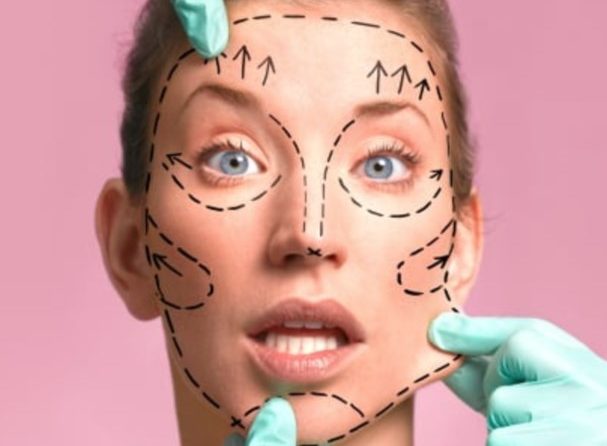
Changing Motivations for Cosmetic Surgery
Certain phone apps make you more likely to consider cosmetic surgery.
Year after year, millions of people pursue cosmetic surgery. Since 2015, there has been an almost 10% increase in the total number of surgical and non-surgical procedures. While the majority of people who are electing to undergo these procedures are between the ages of 35 and 50, an increasing number of younger men and women between 18 and 34 are seeking to enhance their appearance.
Generally speaking, the decision to have a cosmetic procedure is based on a combination of physical and psychological factors. However, it is becoming well recognized that the growing popularity of social media may be a key driver for the rising trend of plastic surgery with several popular phone apps like Facetune and Snapchat leading the way.
Last month, we published a research study examining the impact of the Facetune2 app on users’ acceptance of cosmetic surgery. This application works by allowing users to alter the size and shape of various facial features including the nose, lips, eyebrows, and jawline. In 2017, the app was Apple’s most popular paid app and was downloaded more than 20 million times by 2018.
In our study, 20 subjects aged between 18 and 34 years old filled out a validated questionnaire called the Acceptance of Cosmetic Surgery Scale and were asked to use the Facetune2 app for one week. After using the app, subjects submitted their photographs and filled out the survey once again. We found that both men and women were more likely to consider cosmetic surgery after just one week of using the app. Interestingly, using the application had no effect on ratings of self-esteem during the study period. This was the first study published demonstrating a direct relationship between social media and consideration of cosmetic surgery.
In addition to Facetune, Snapchat and Instagram have also been identified as potentially influencing the trend towards cosmetic surgery. The Snapchat platform revolves almost completely around images and less so on written text. The predominantly visual nature of the application has led users to primarily focus on physical appearance. The addition of pre-made filters that alter skin tone, smooth out wrinkles, and augment facial appearance has also created the desire to look like these filtered images. This desire has manifested into the “Snapchat dysmorphia” phenomenon where patients are bringing filtered selfies to their surgeons to illustrate the desired changes they want to achieve in real life.
One of the biggest concerns with social media establishing cultural standards is the potential for the creation of unrealistic norms. As people compare themselves with those who are unrealistically portrayed through social media, it can drive them to form impractical ideals. In the case of Facetune and Snapchat, this can be done through the use of heavily edited photographs and filtered images. Users of these apps should be aware that such changes that seem easy to make on their phones do not necessarily translate into changes that are so easily—or even possibly-made surgically. As surgeons we must be aware of the potential influence of underlying psychological disorders associated (e.g. body dysmorphic disorder, narcissistic personality disorder, generalized anxiety) that cannot be simply treated by surgery.
We are learning more about the role of social media as a driver to seek cosmetic interventions. It is important for both surgeons and our patients to be aware of the potential consequences associated with unrealistic expectations that may consciously or subconsciously arise from scrolling through a news feed or applying an image filter.
Leave a reply